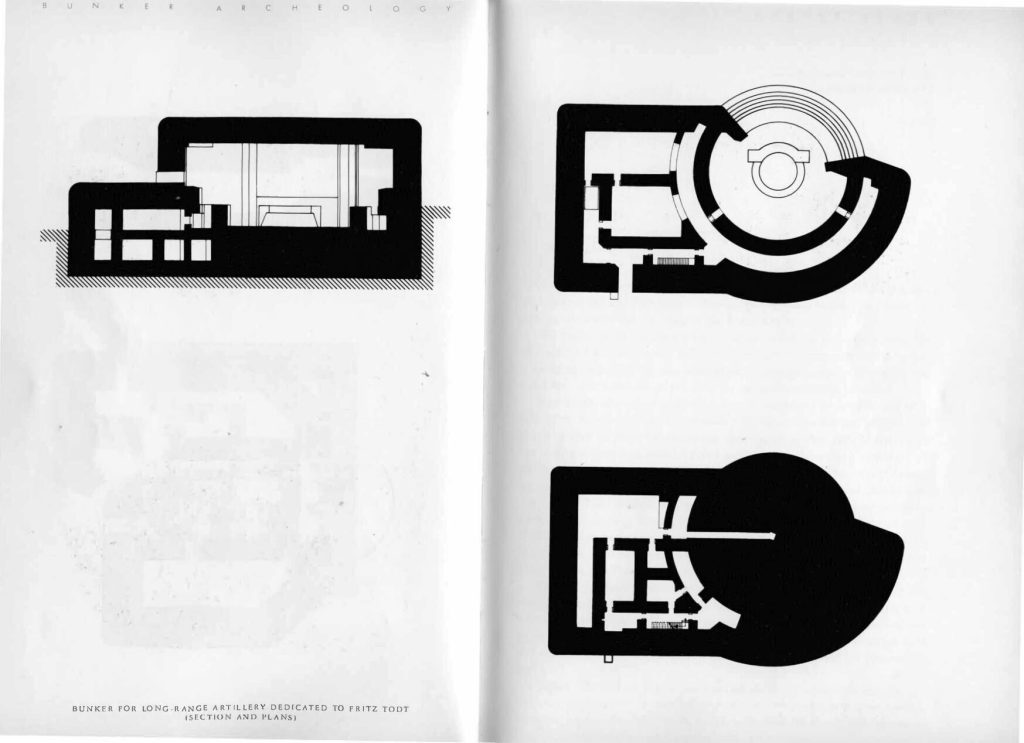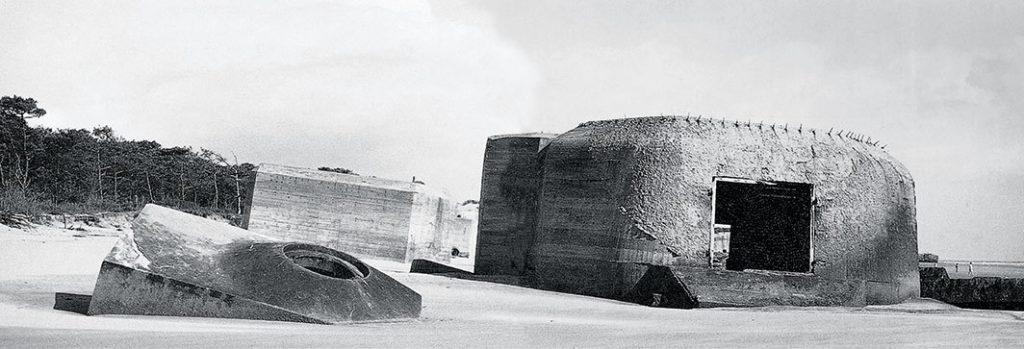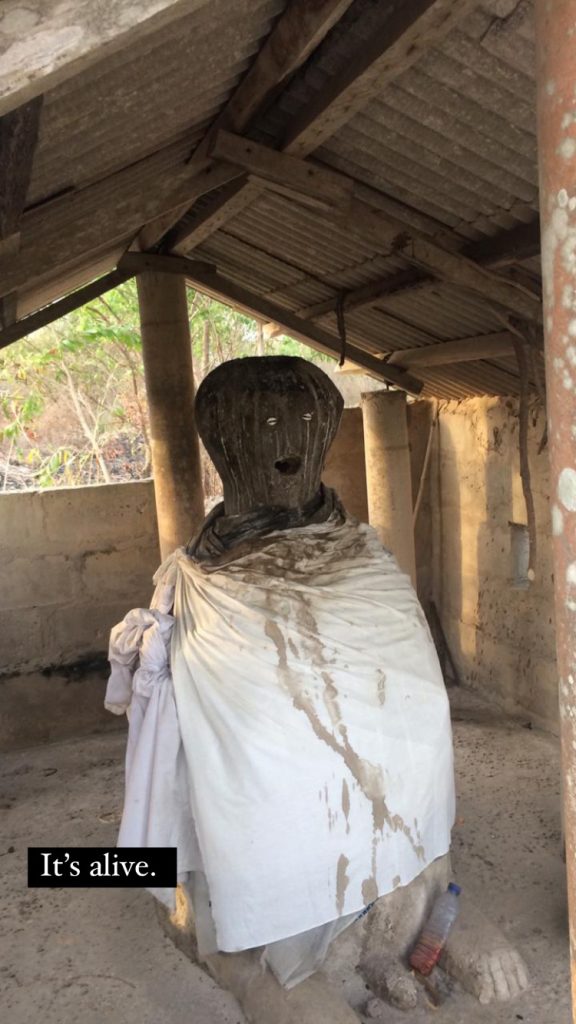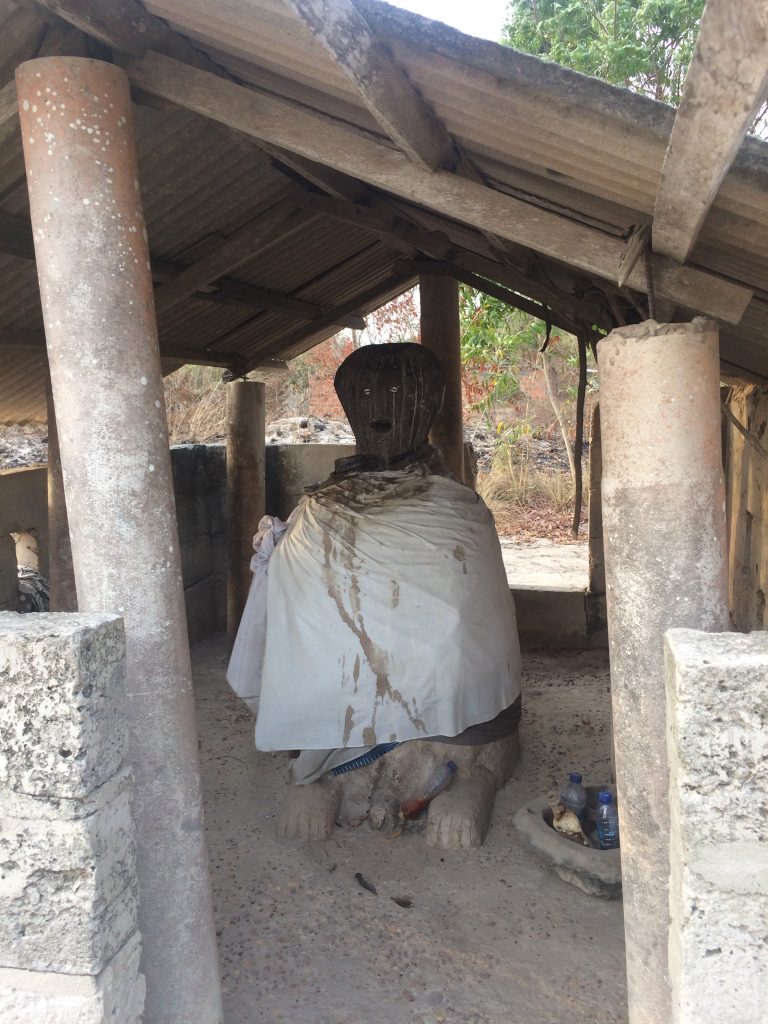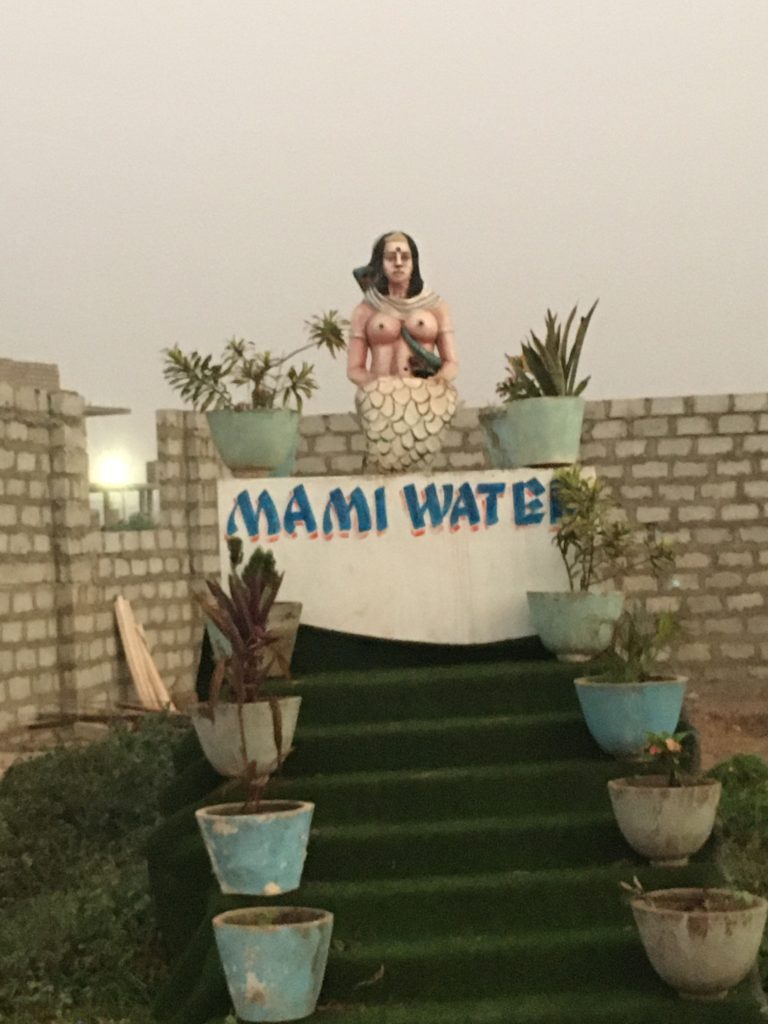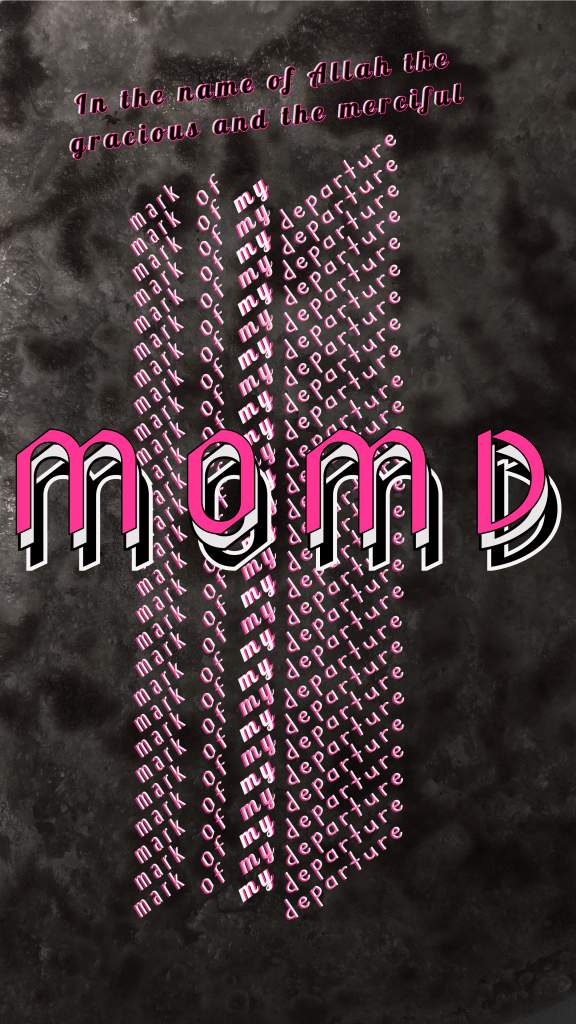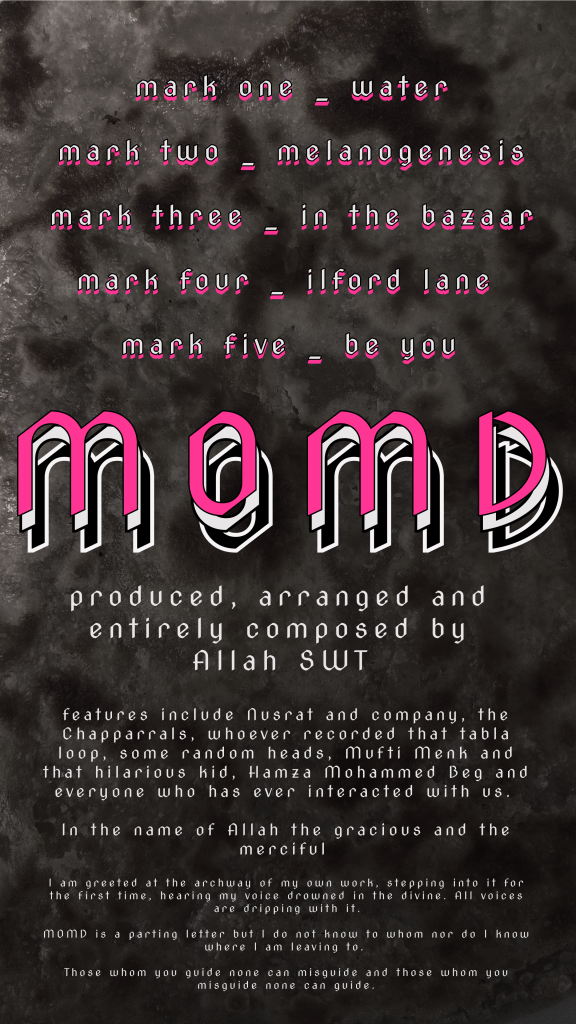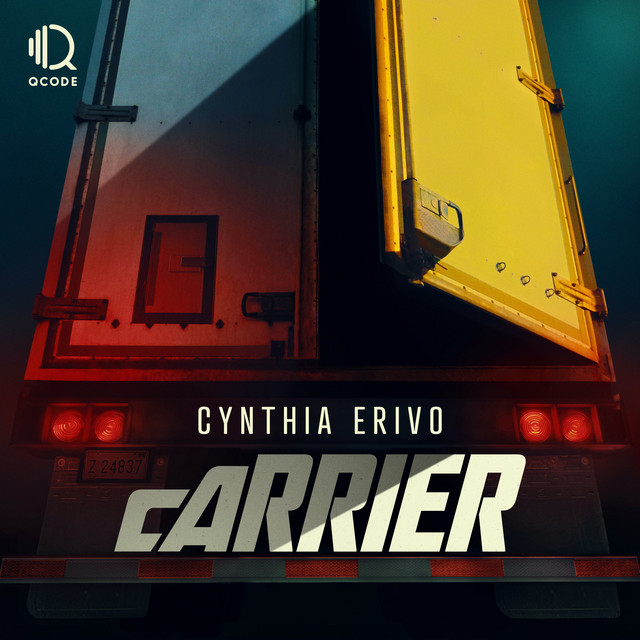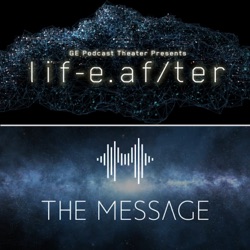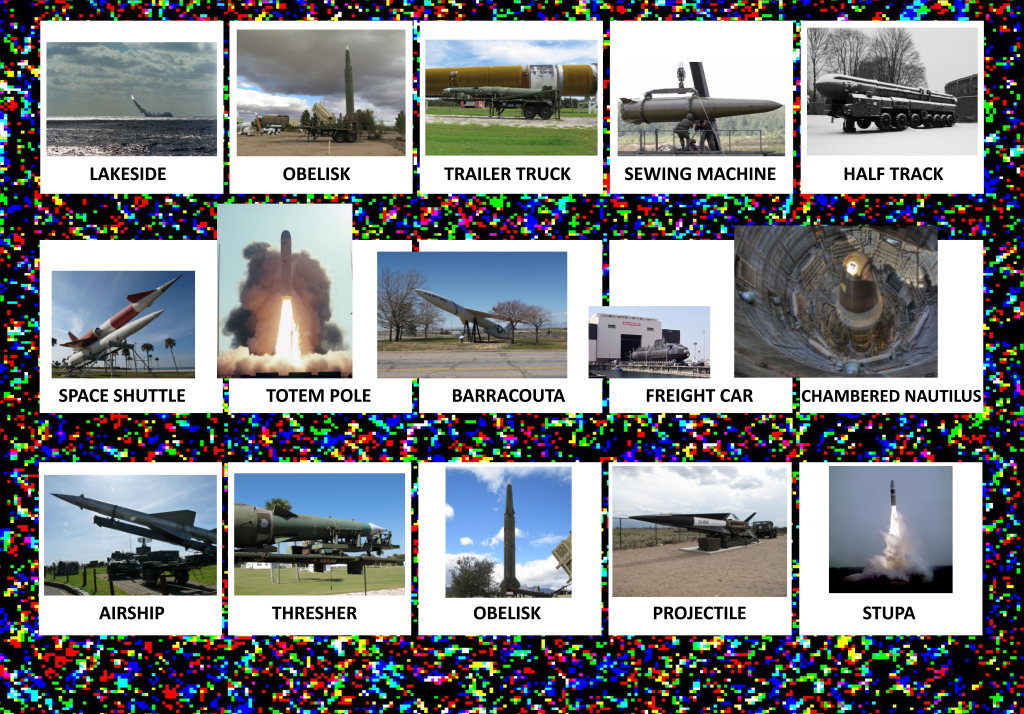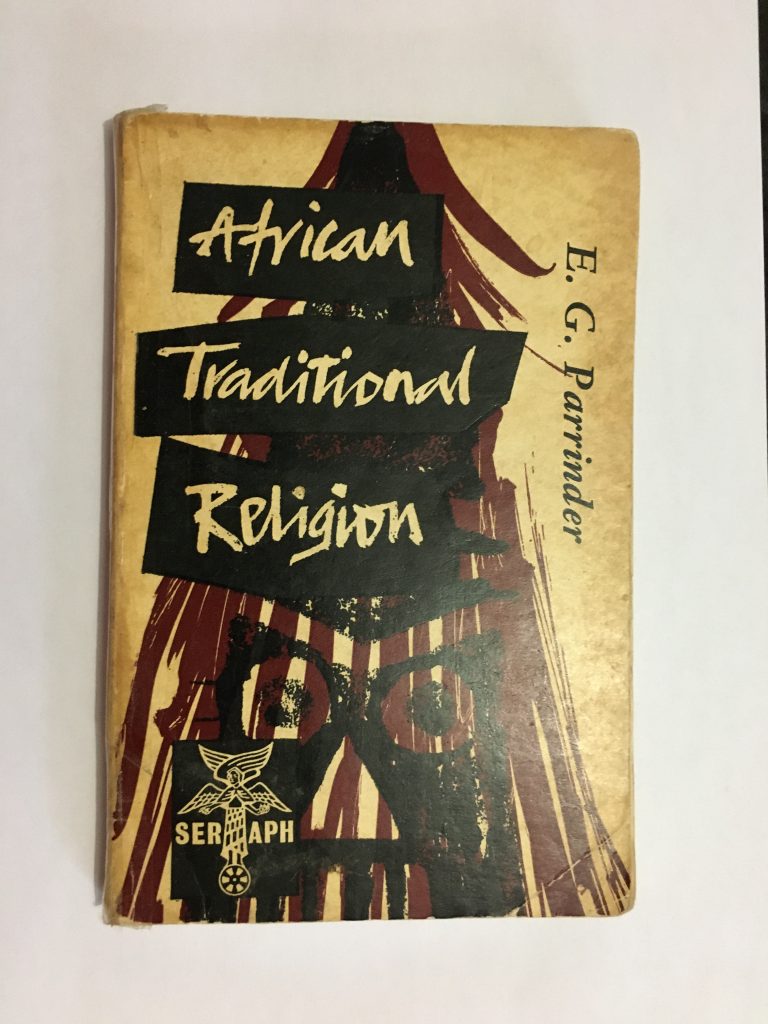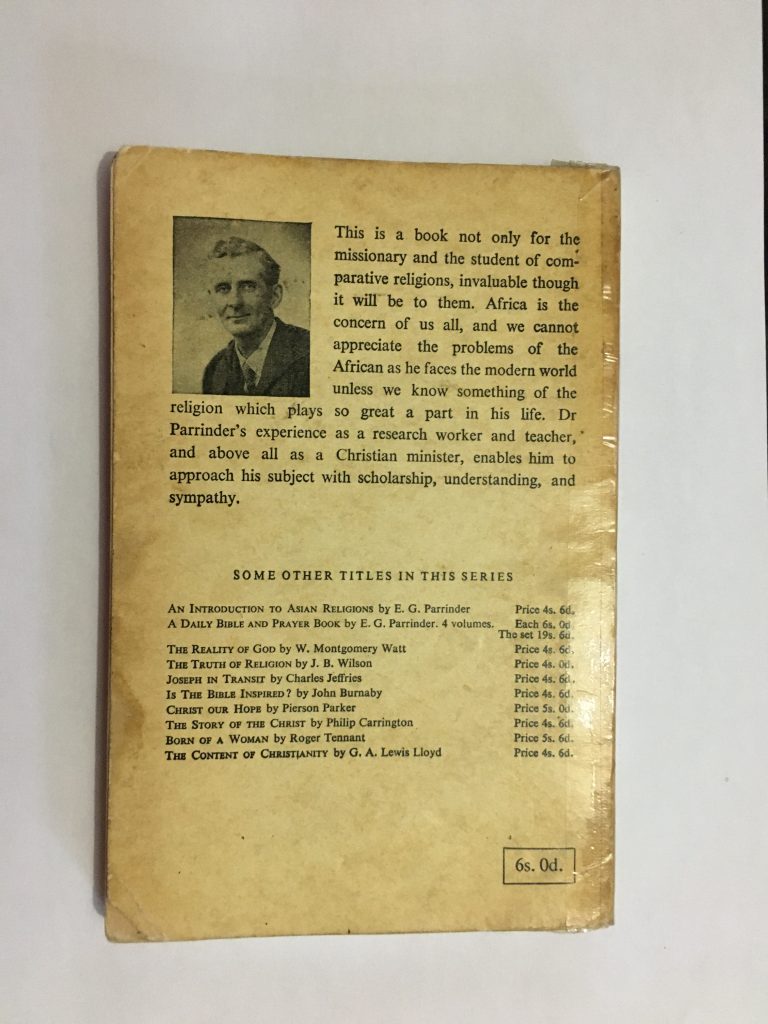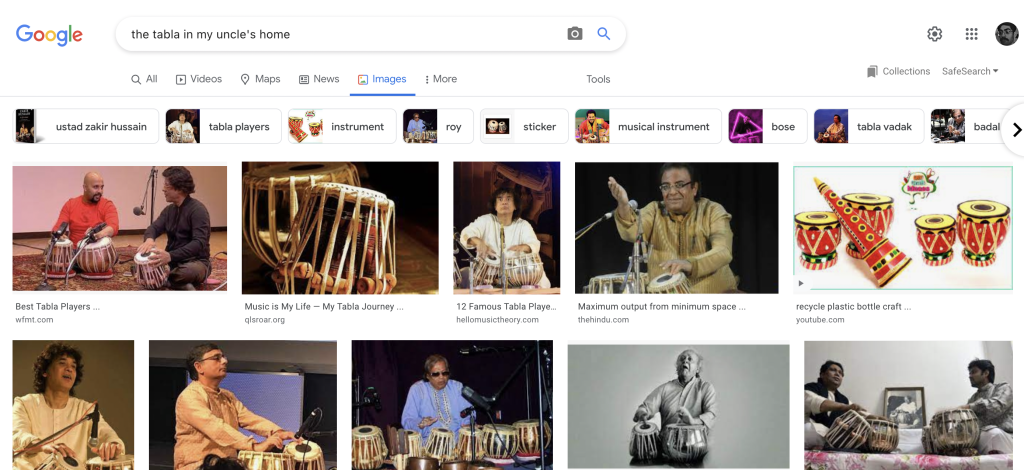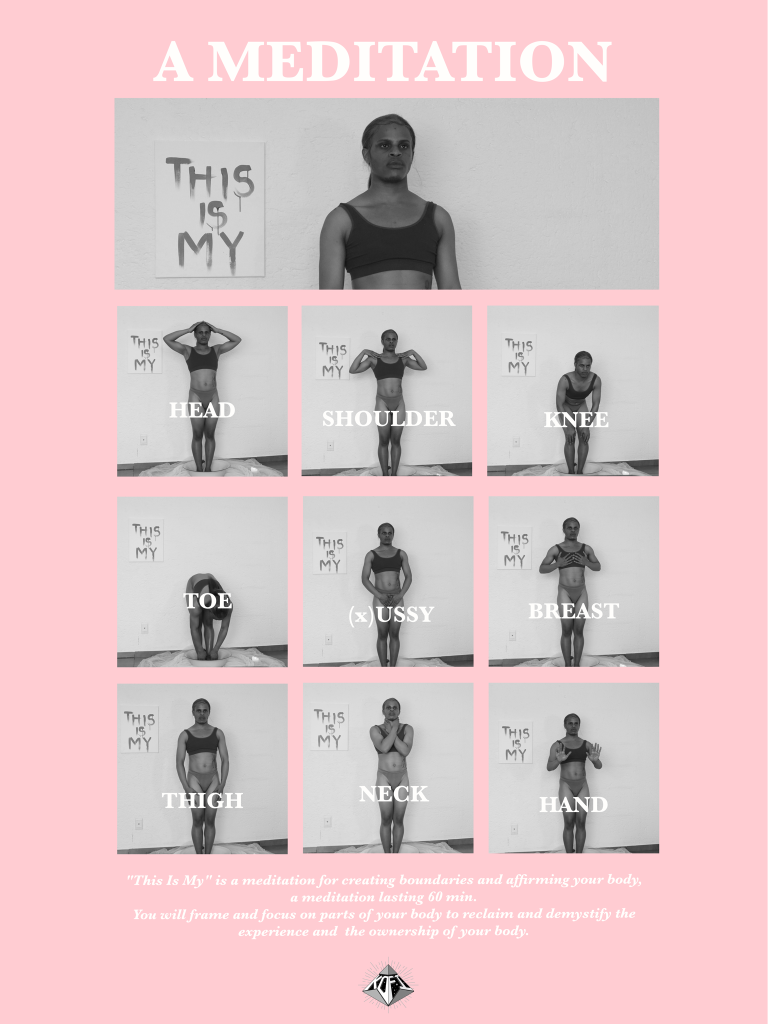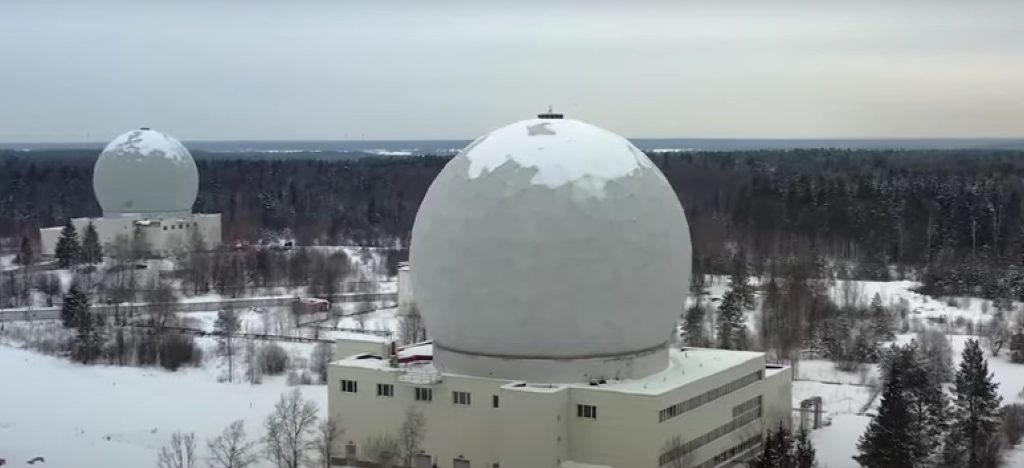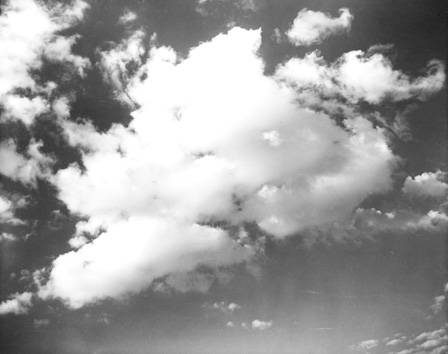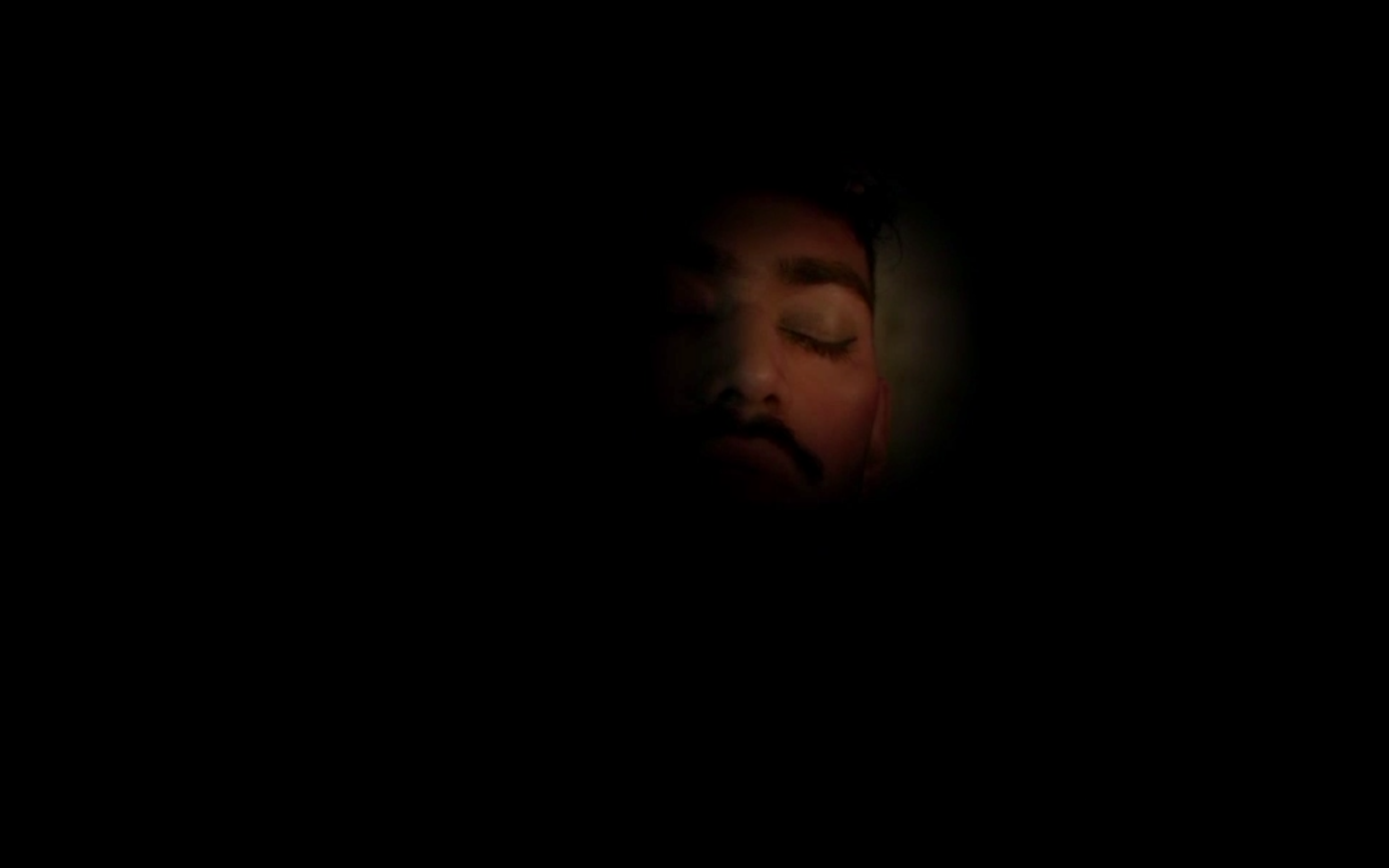studies in chopping up the tabla
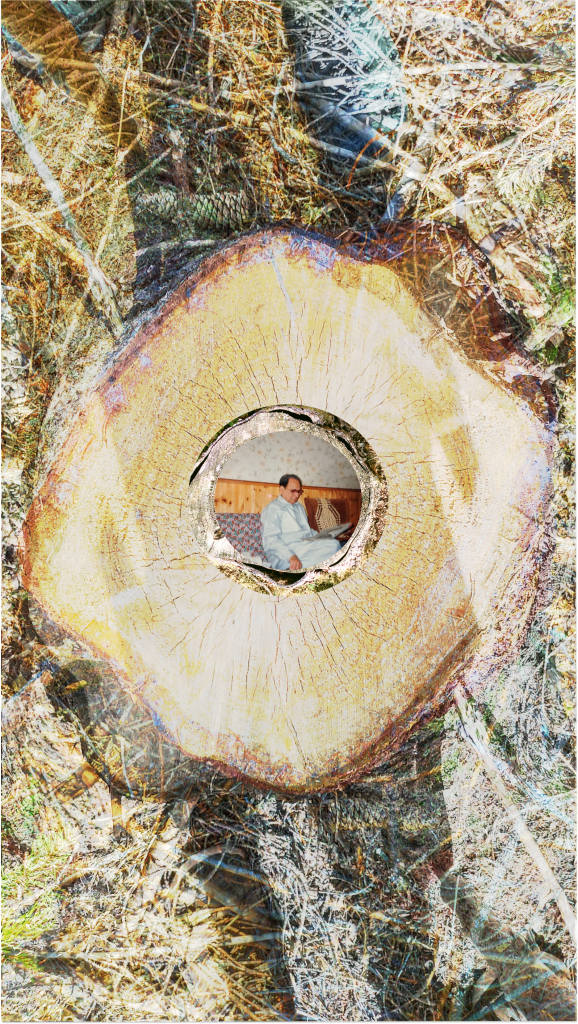

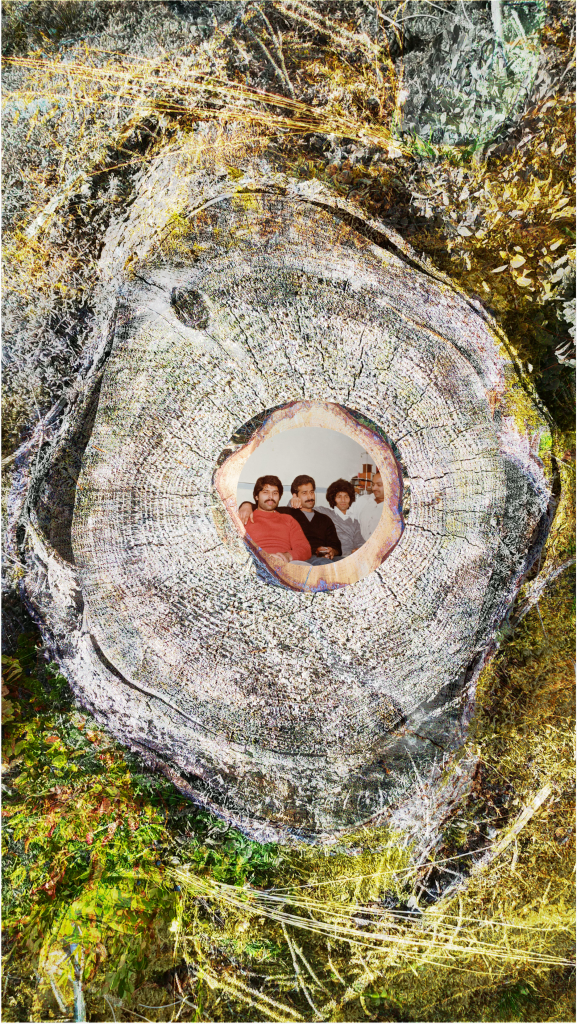
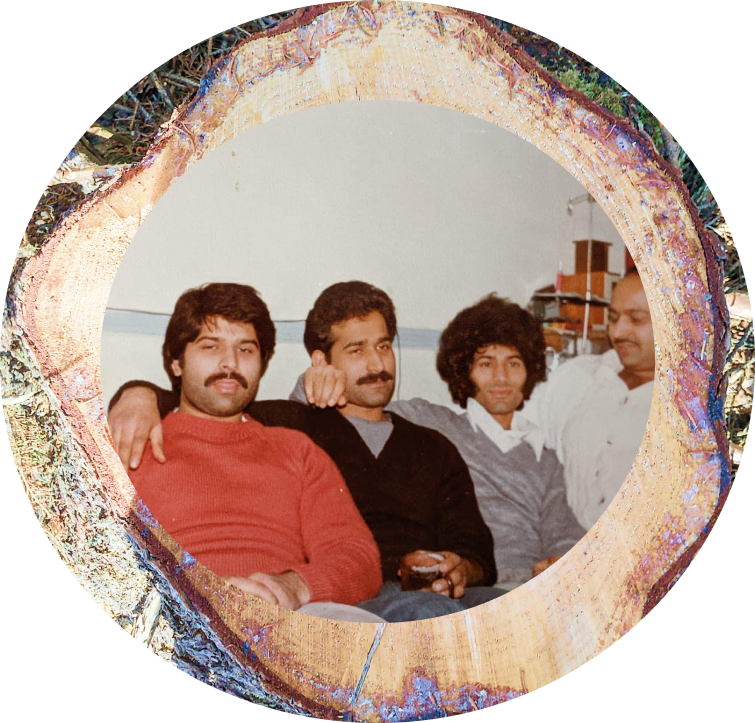
studies in chopping up the tabla
these studies are produced by pushing family photos into images of chopped trees < these trees are located in the Harz Mountains in Germany where the bark beetle has destroyed local forests < amongst the decay and disease wild flowers and grasses < growback >
< the bark beetle is a kind of predatory invader to the forest < “nature” has its own forms of violent destruction < reoccupation of habitat < re-inscription of its role < colonialism >
< normally a tree would be able to ward off the beetle by producing its own resin < but increased heat and drought have weakened this defense < many trees are dying < many trees are being chopped down < chopping >
< roots in the ground remain as the wood is chopped and moved elsewhere> < chopping >
< the stump is a sign of this dislocation < a mark of my departure >
< the stump becomes the image of the tabla face < except it misses the syahi < the syahi is the blackened tuning paste in the center of the drum < the syahi is the pupil of the eye > < in the iris >
< in the iris < my father and his brothers < my grandfather alone < the generational split that I never knew < their relationship with the looking lens < the brothers facing the eye of the camera < the father lost in his work < neither looking at each other < both brothers and father >
< in my eyes >
< in my eyes < as I walk>
< at the rhythm and pace of a tabla>
< through the dying forest < and mystifying growback >


